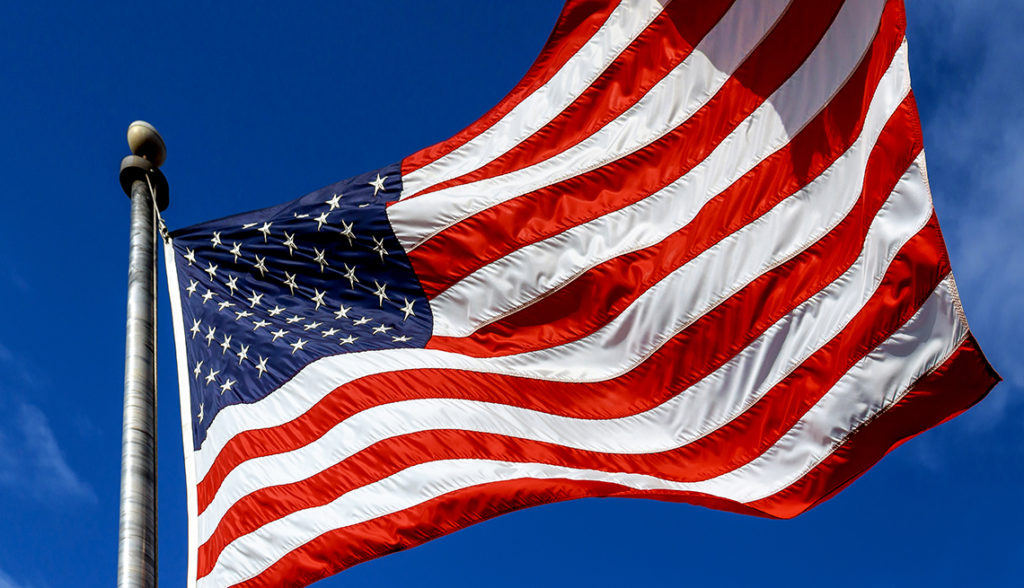3 Principles of Flag Design
Flags are a universally recognized and surprisingly ancient part of civilization. And while there have been many iterations, shapes, colors, and the like down through the millennia, there are certain constraints that good flag design (almost) always abides by. Here are three of the most important principles.

1. Three Colors Is Enough
If you take a moment to really focus on and notice the national flags currently in the pantheon of flag design, almost all of them use a maximum of three colors.
That may seem a little restrictive, but when you think of it, any flag with much more than three colors runs the risk of looking confused or even chaotic. The most successful designs usually keep to this rule of three.
It probably has a lot to do with the psychology of color and consistency of messaging, but suffice it to say that the most successful and iconic designs have stuck to using three colors — usually no more and no less.
2. Symbolism
The most successful flags trade realism for symbolism. Flags can carry family crests, banners of text, animals, and other objects. But none of these elements are rendered on the flag with anything but the loosest connection to realism.
For instance, we recognize at a glance that the Mexican flag bears an eagle at its center. And we see that Indiana’s state flag obviously bears a torch wreathed by stars at its center. But neither of these designs looks photographically real.
3. Simplicity
Simple is sometimes better than complex. Unique among national flags, the American flag’s red stripes (symbolic of the original 13 colonies) are about as simple as it gets. Yet this design couldn’t be more iconic.
Another unique flag is that which belongs to Great Britain. When England and Scotland became a single monarchy in 1707, the white X on a blue field that served as Scotland’s national flag was merged visually with England’s red cross on a white field, creating the now-iconic Union Jack. At its core, this flag is simply an x and a cross superimposed.
Flag Fun
There are many exceptions to these rules, most notably South Africa, which has not three but six colors. It would be a fun art project indeed to sit down and see what designs you and your family could come up with.
You could even research historically significant flags, such as the famous “Don’t Tread On Me” Gadsden flag from revolutionary America.
For more information about flags from Elmer’s Flag, contact us today.
